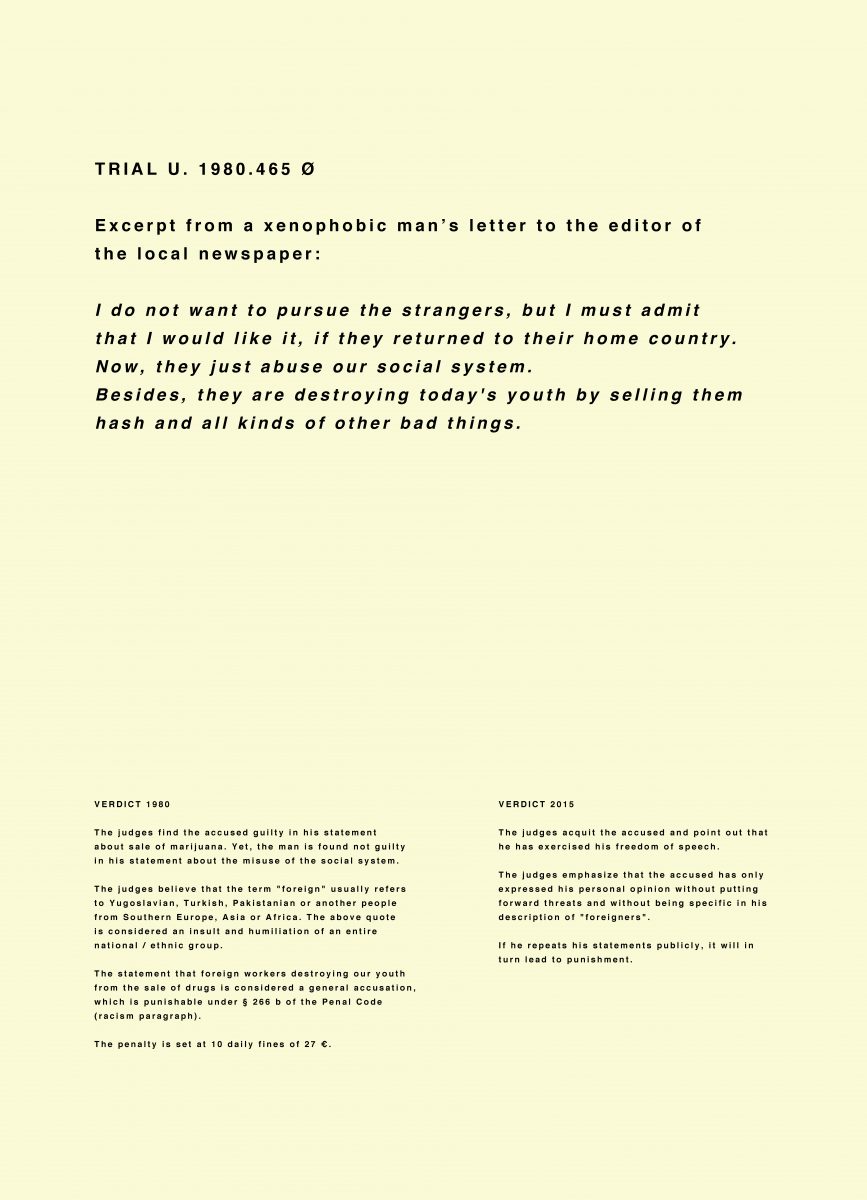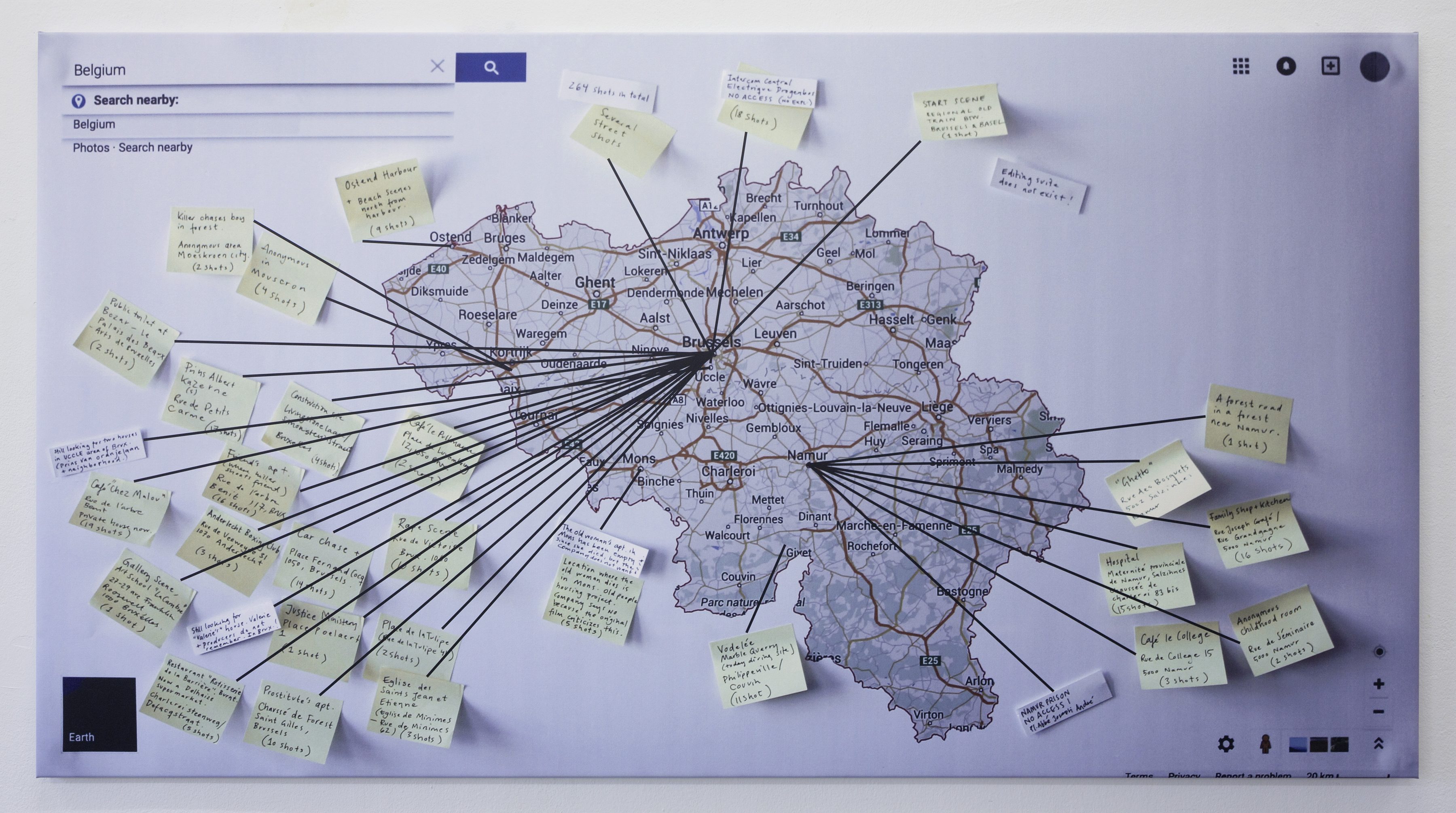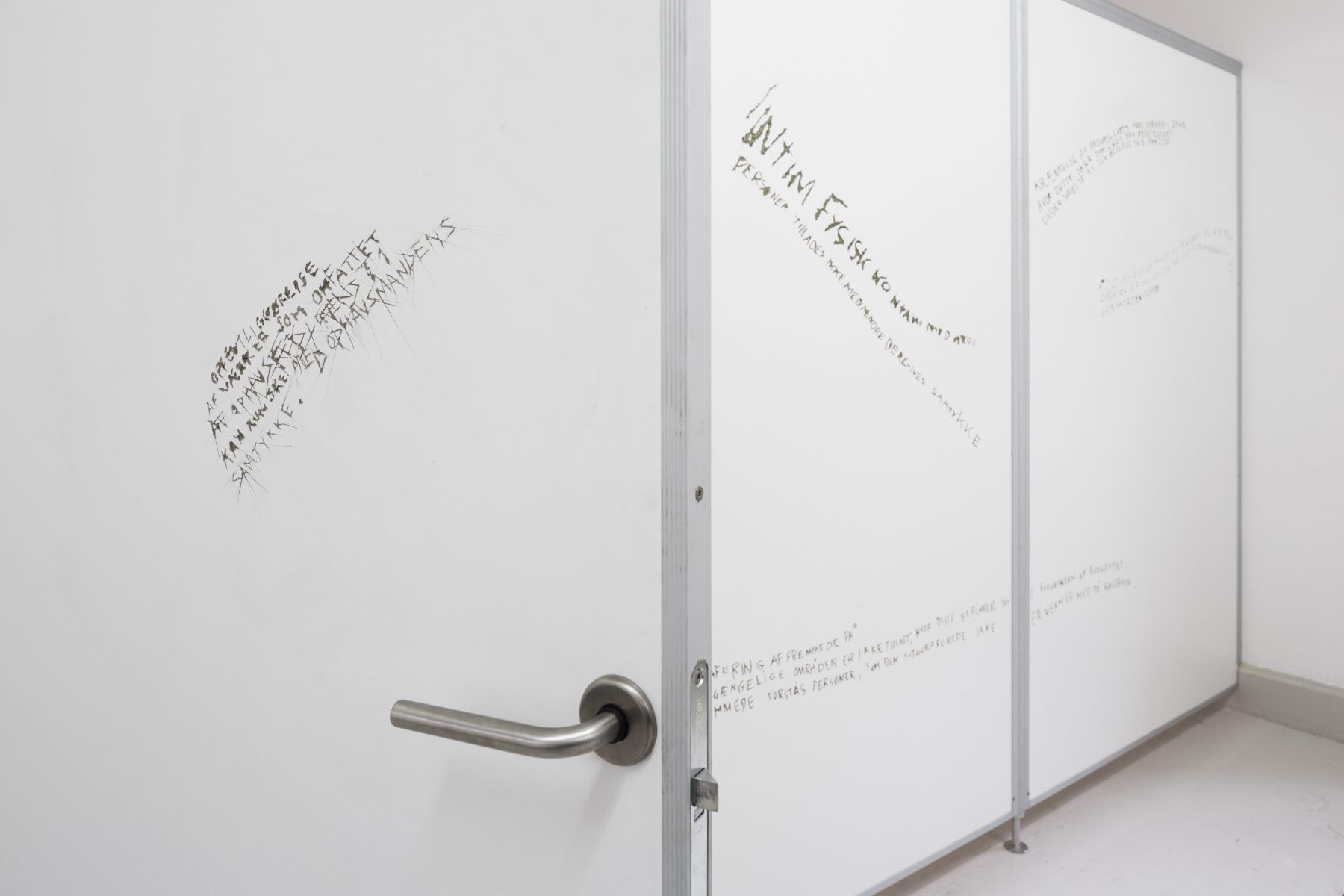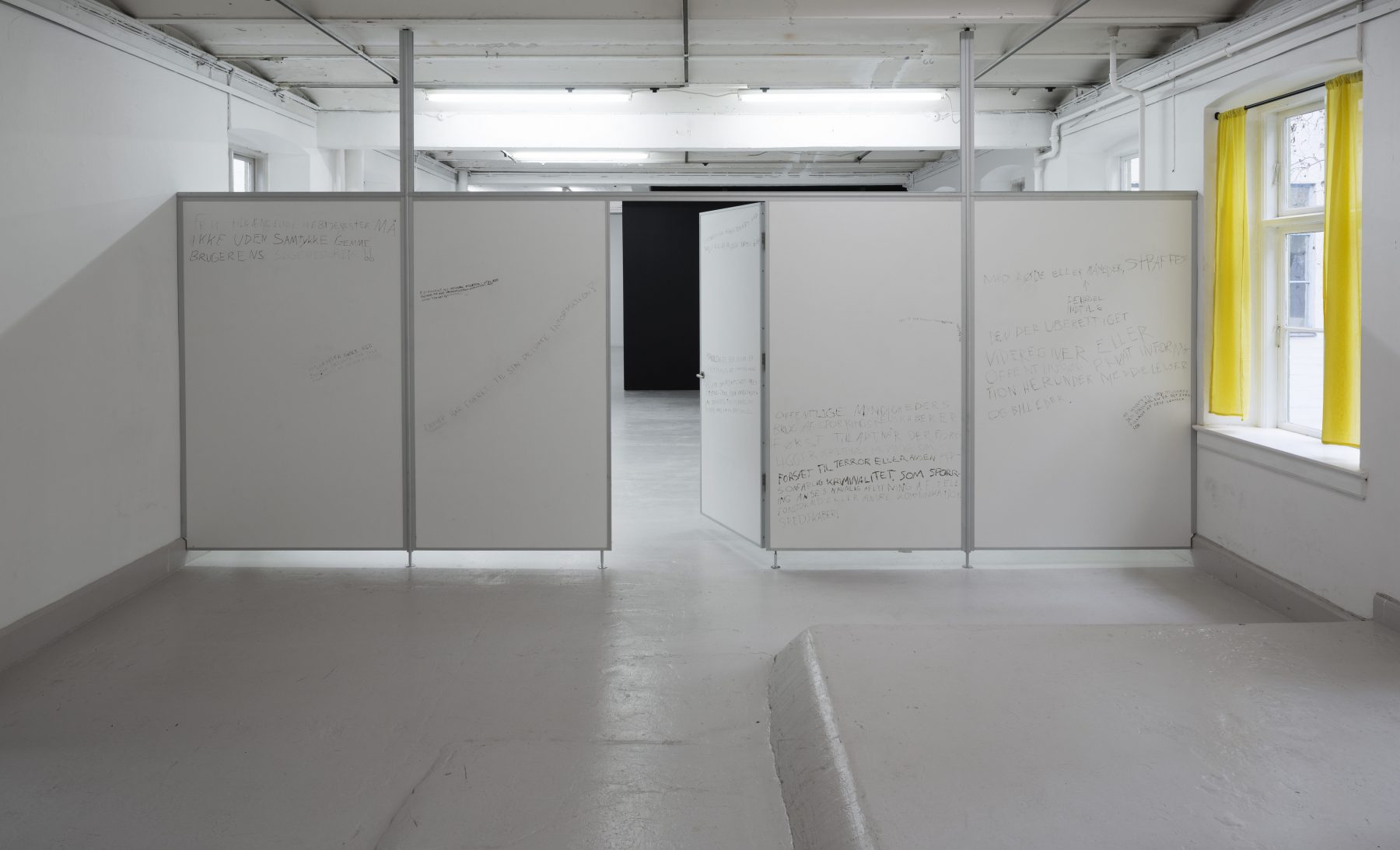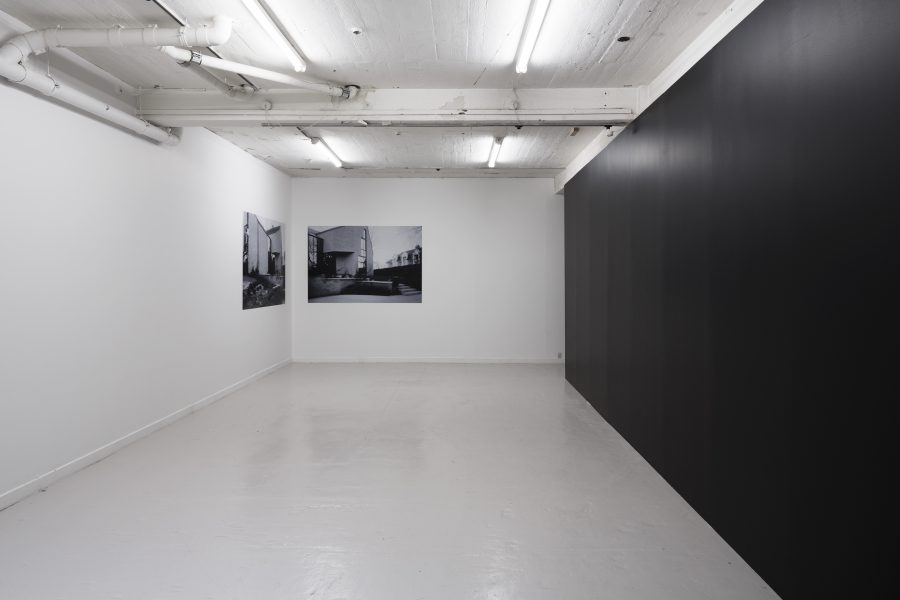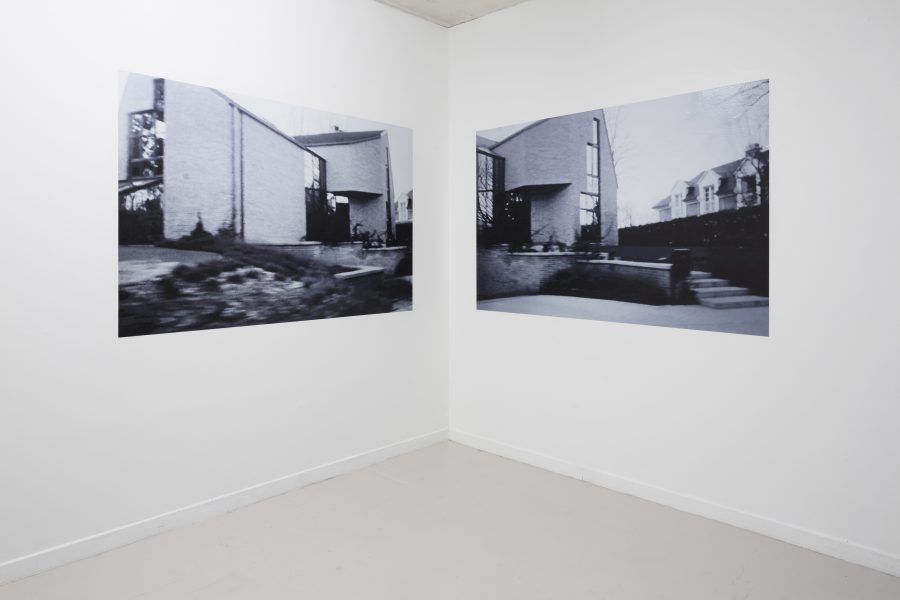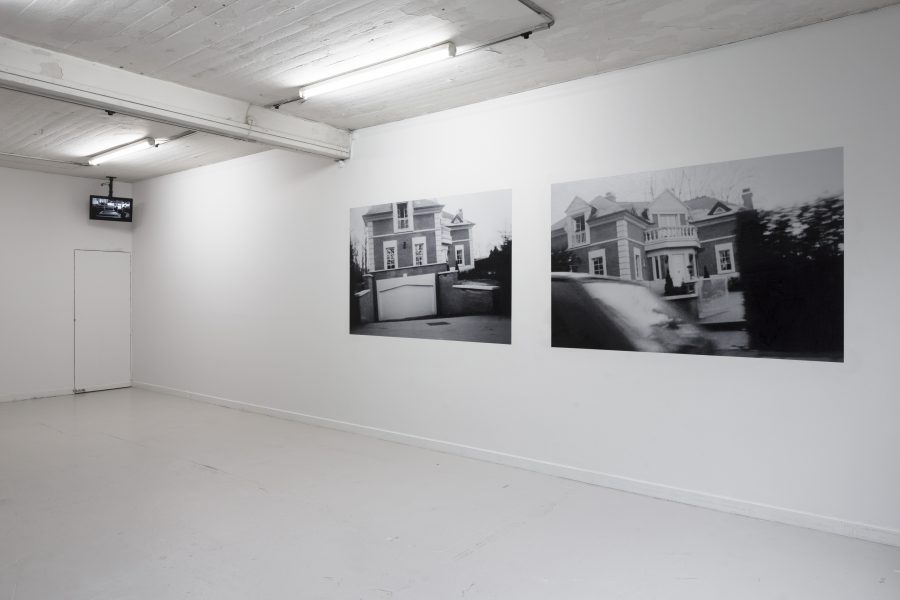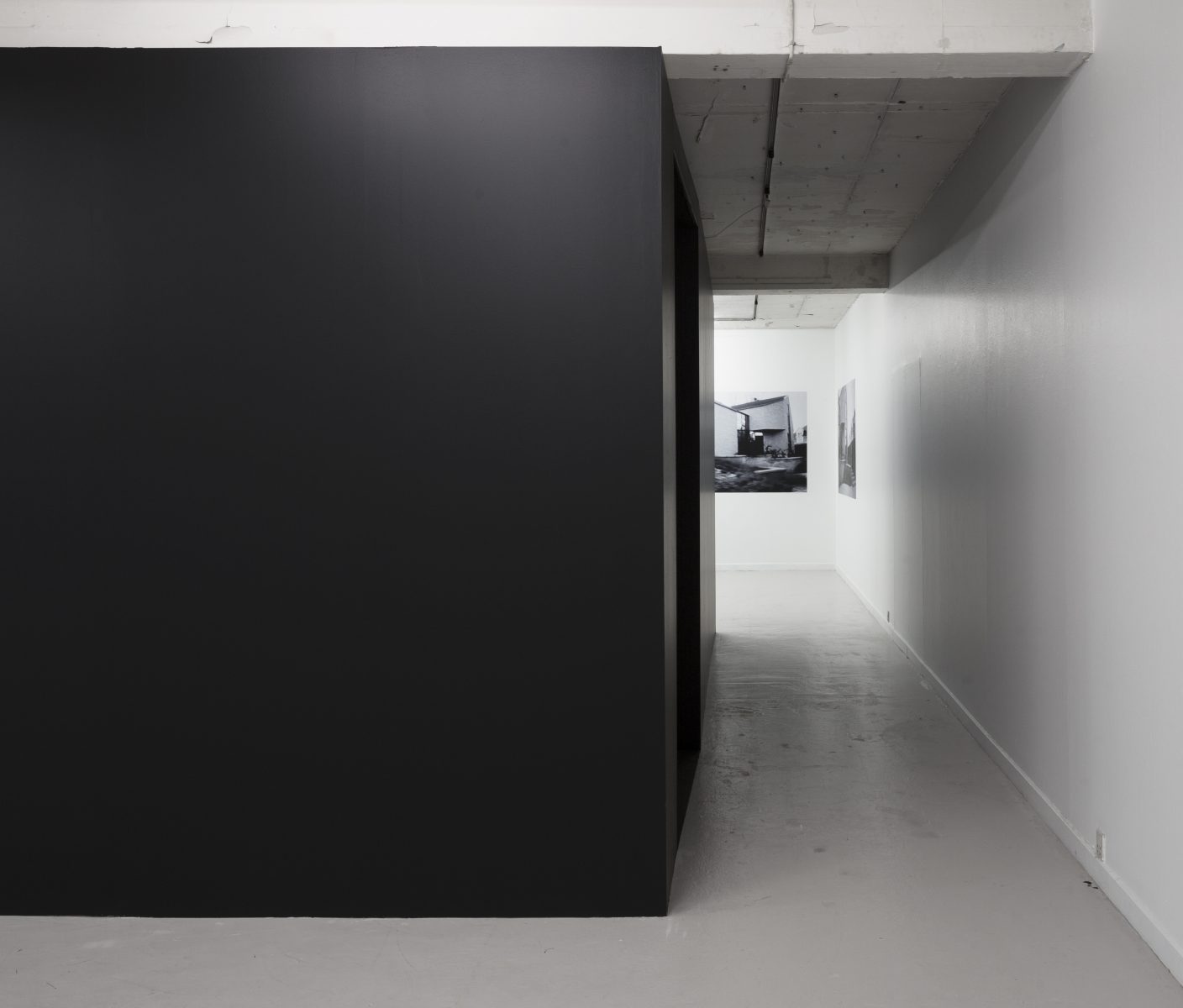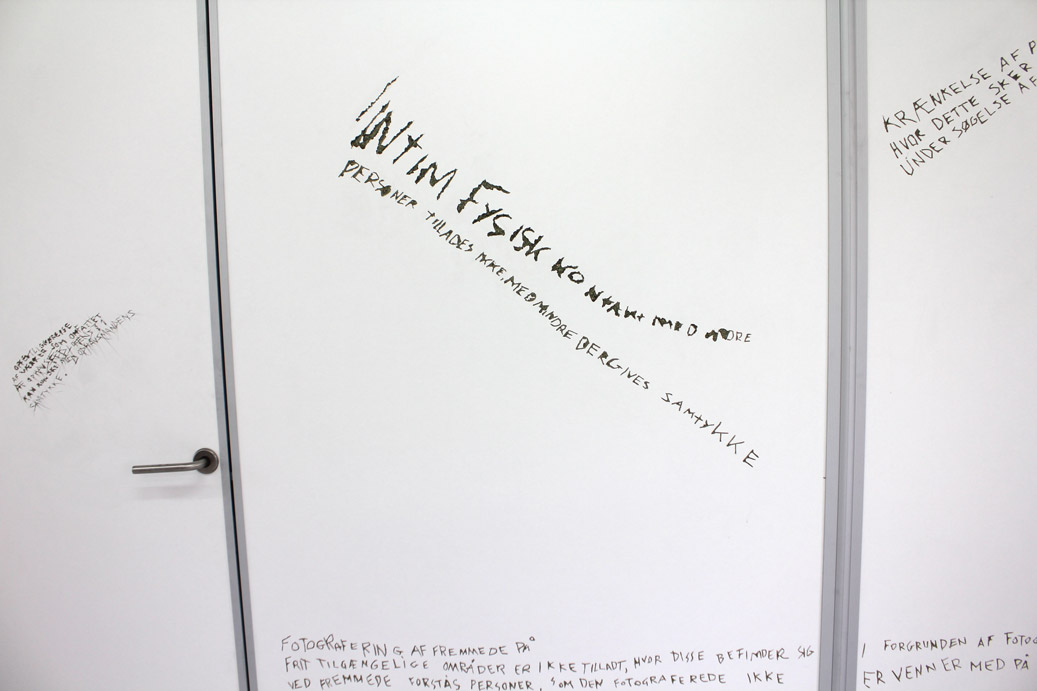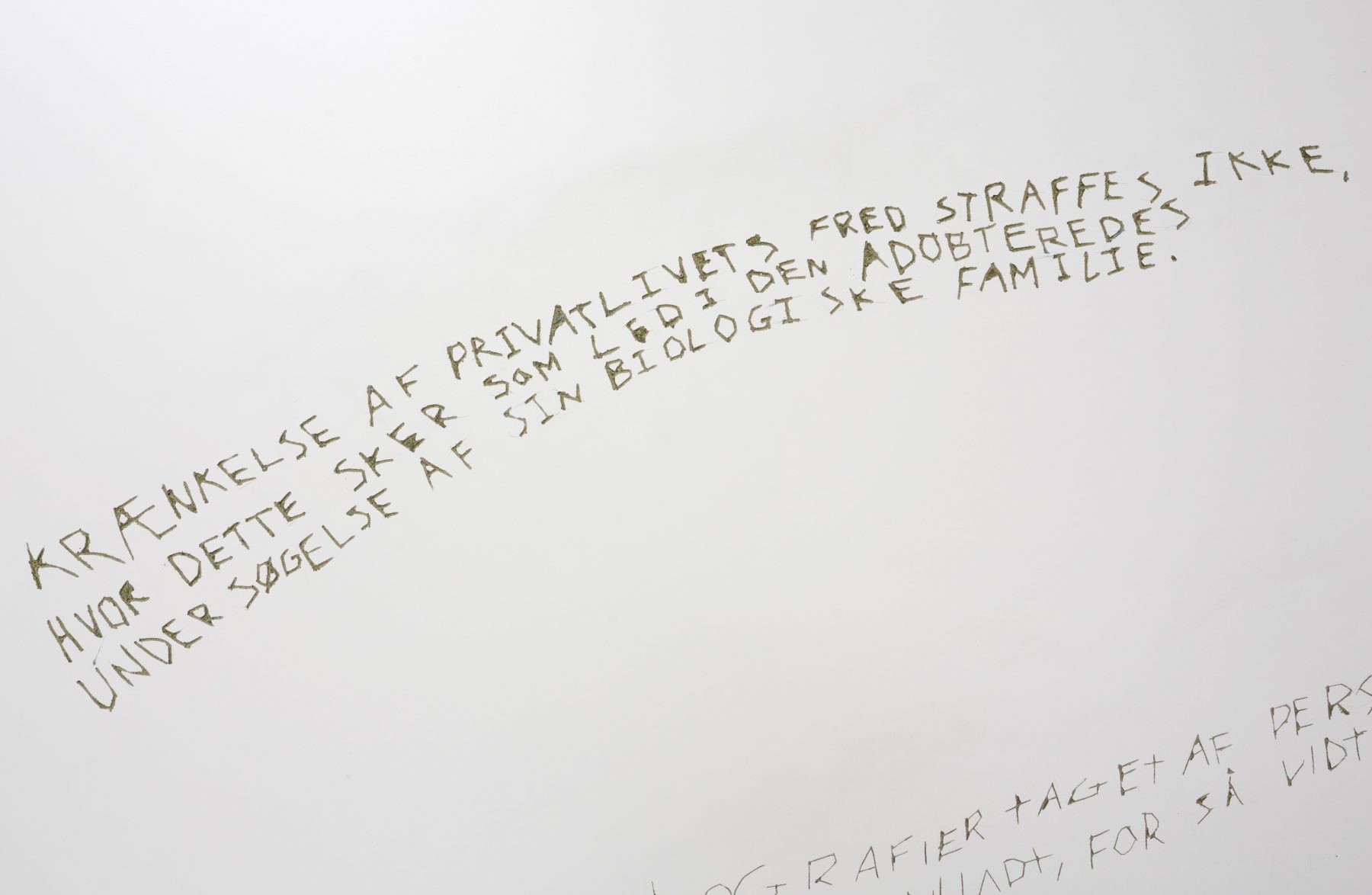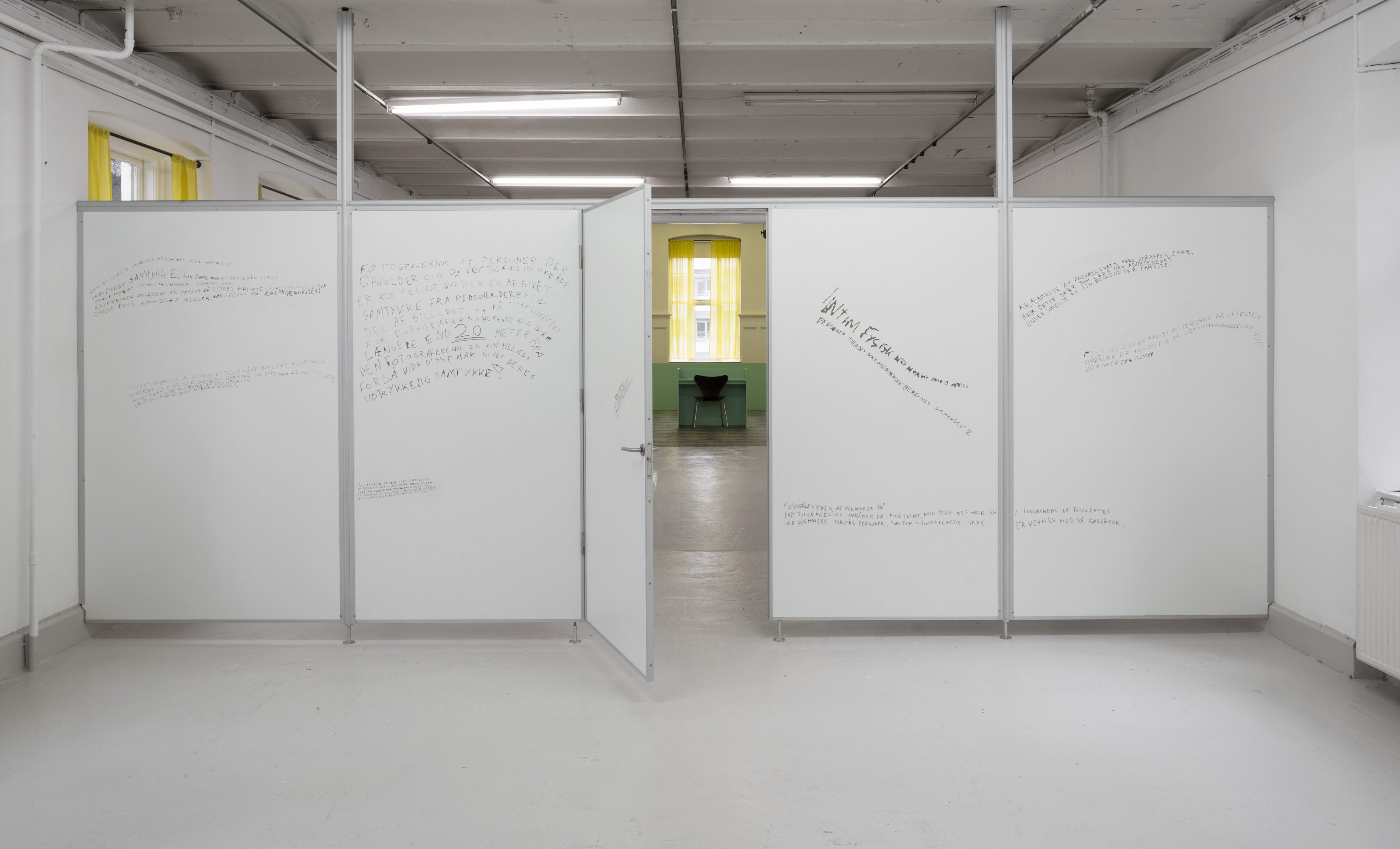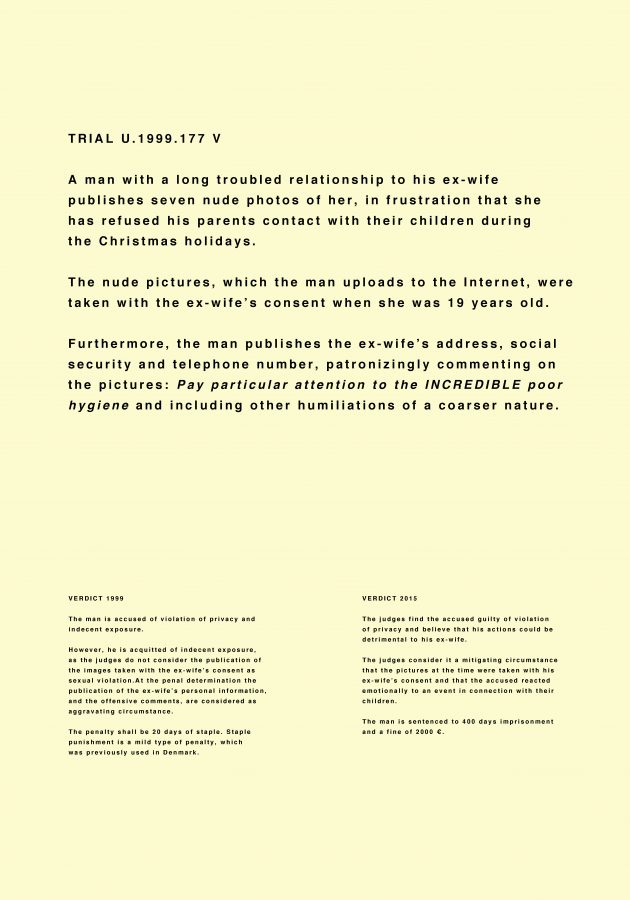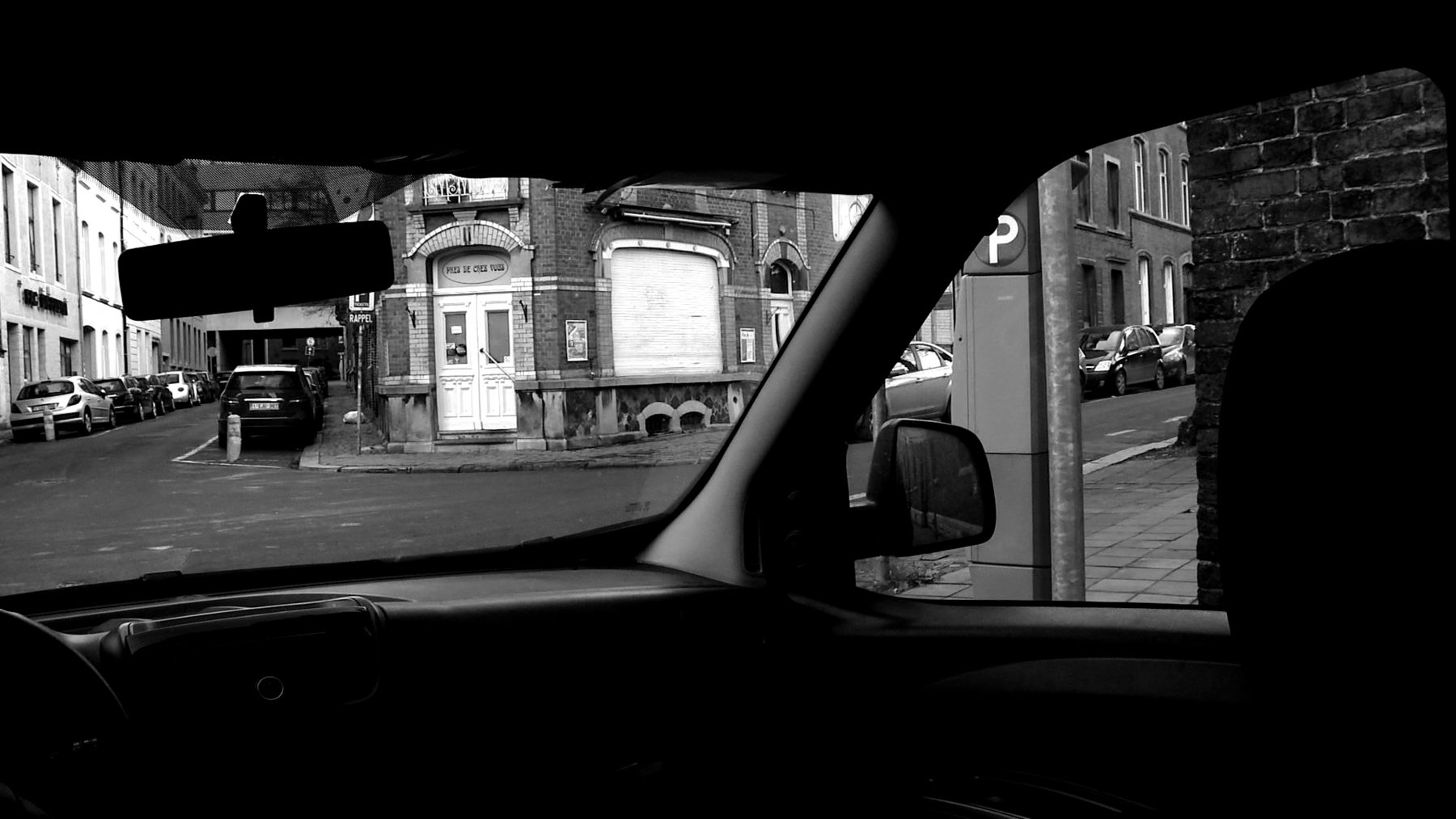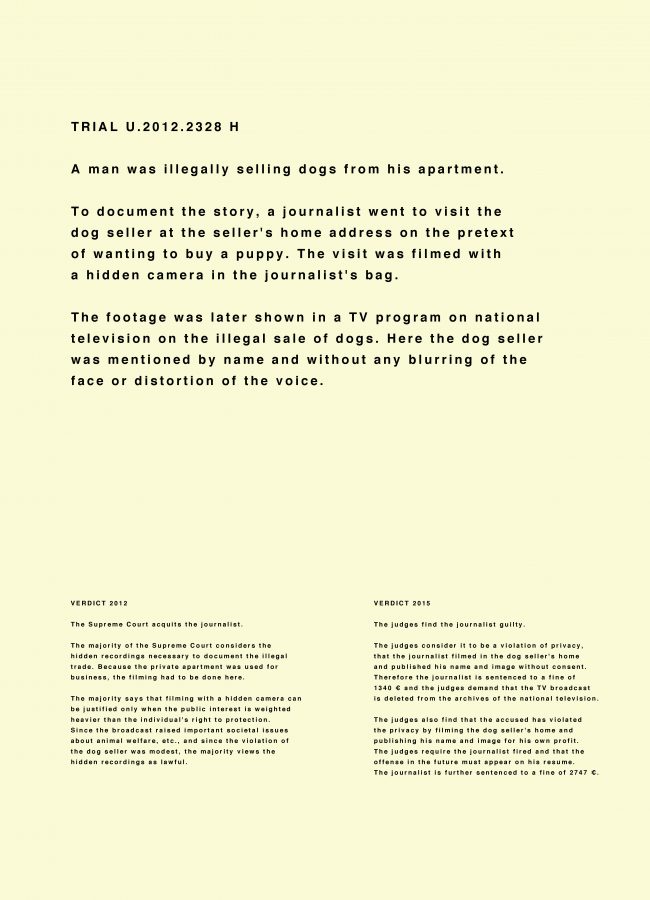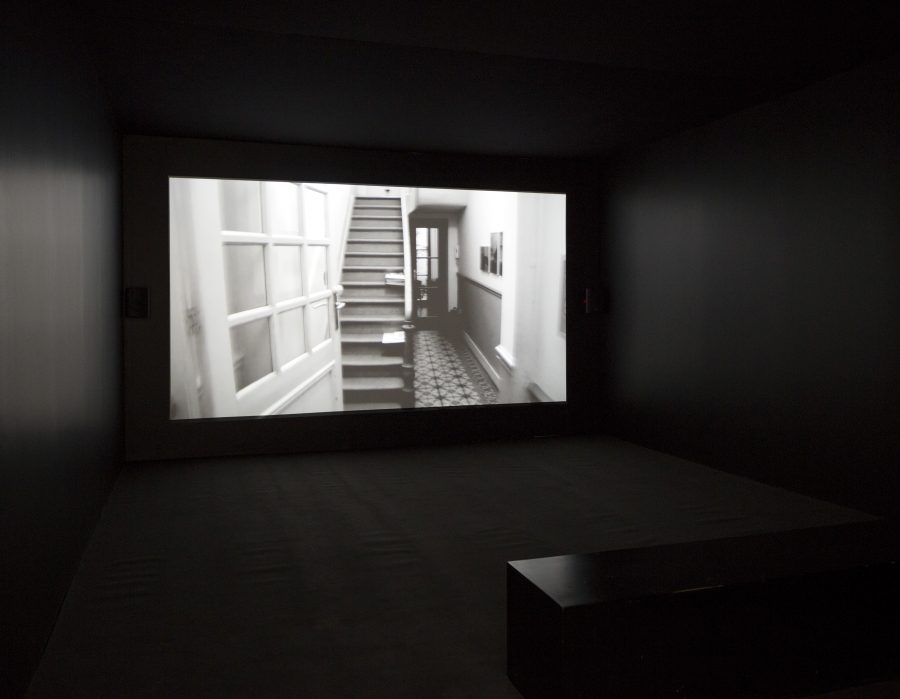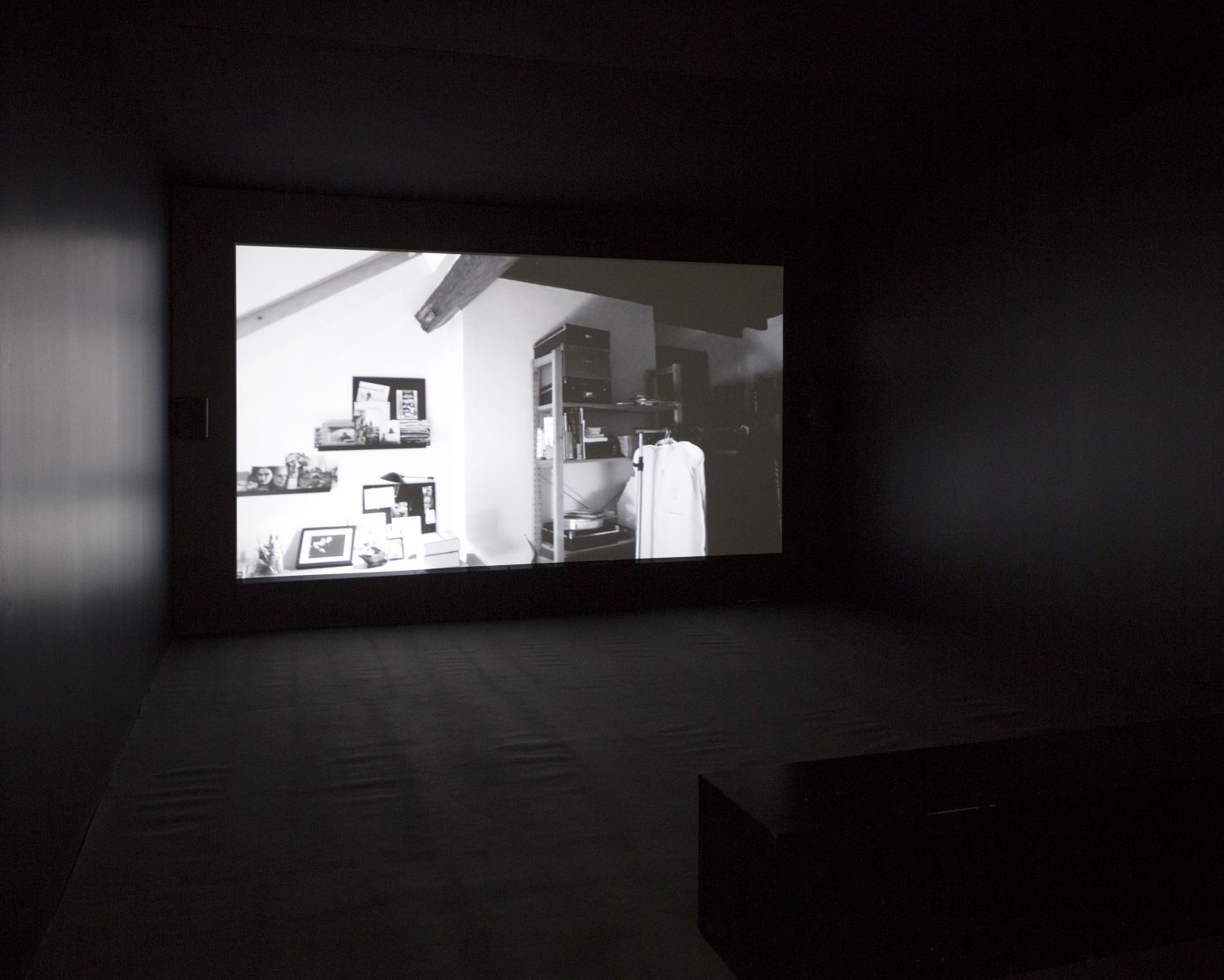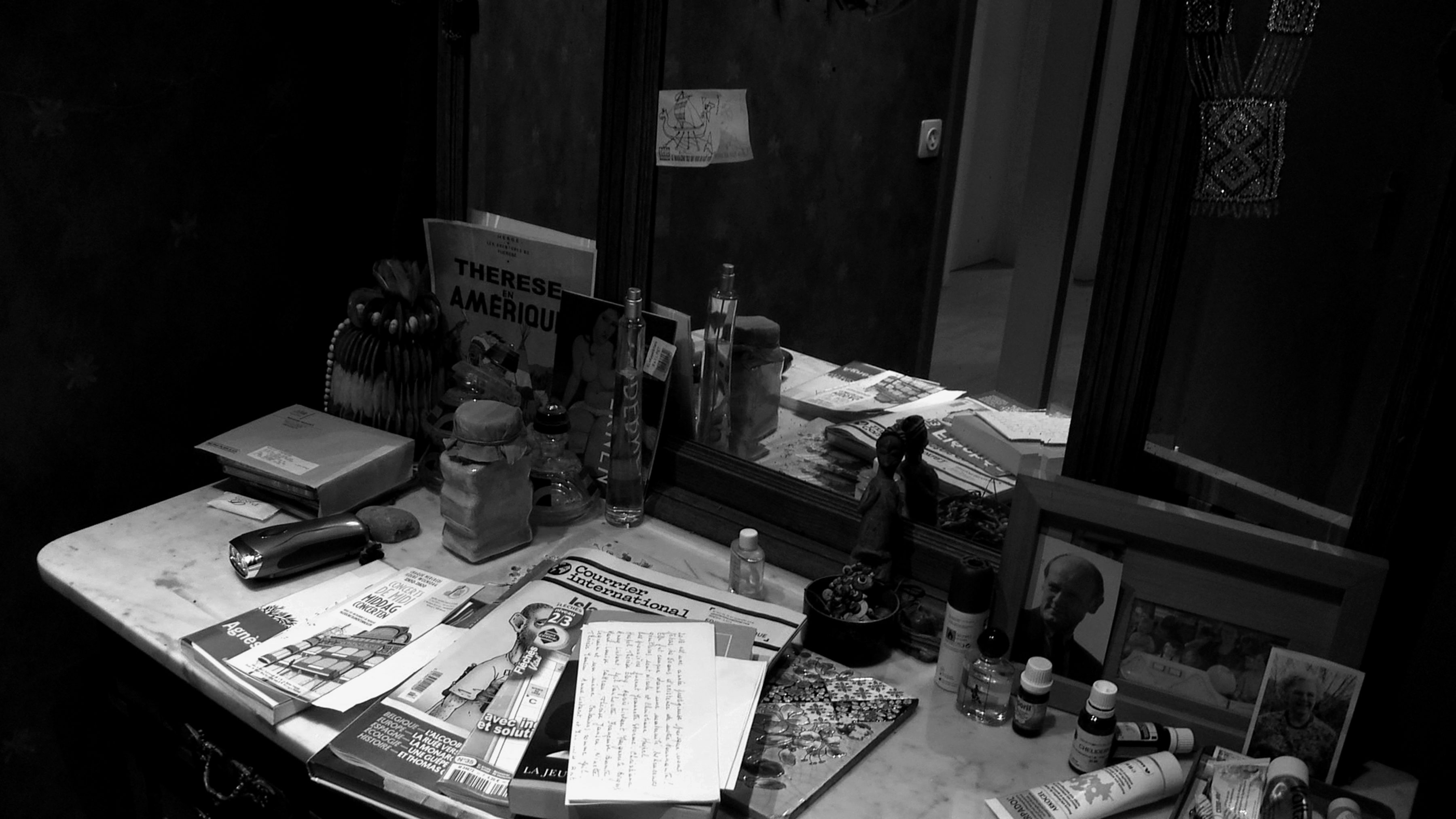Mann beißt Hund
With a remake of a film, Stine Marie Jacobsen’s Mann Beißt Hund (2015) shows parallels between the constant risk of a society’s legislation turning to violence against its own citizens, and the film medium as an ambiguous, violent medium.
The art project was made in Belgium as a reaction to several empirical interviews with Belgian citizens concerning current political and legal problems in the country. This led them to talk about the law called G.A.S. (Gemeinde Administrative Sanction = Community Administrative Sanction), which enables communities to hire ordinary citizens to fine other citizens for disrupting the peace. The interviewees often referenced the 1992 Belgian film C’est arrivé près de chez vous, known in English as in Man Bites Dog and in German as Mann Beißt Hund. This film, directed by Belvaux, Bonzel and Poelvoorde, is about a cynical serial killer who defines his own law. The film discusses the legislative and executive violence of the law and the fragility of the normative order of society.
To make her own version, Jacobsen mostly used Google Earth, social media, old-school detective work and the original producers to find the original film locations. Her film, however, is devoid of characters. The plot is reconstructed entirely through reproduced Foley sound and camera movements. Interpassively, violence is no longer seen directly but only felt and heard. Her person-emptied interpretation of the original film shows how we suddenly fill in the gaps with our own – possibly more violent – memories. Imagine if we were able to experience our law system without humans, as a mere functional, controlling or violating structure?
“In its idealized form, law is a practice defining rights, duties, and conduct within a community, a formalization of social rules agreed upon by its members and maintained by a controlling authority. Too often naturalized and impenetrable, authorized agents institutionalize and reform legal mandates, determining not only required behaviors, but also imposing penalties upon those who violate them. Law is not simply a form, tool, or restraint of power, but rather the substance of power itself, a means of control that penetrates all aspects of public and private activity.”
The quote above is from “There Oughta Be a Law” a 2015 text on Man Bites Dog by Post Brothers, explaining the schism of how the legal system and verdicts are naturalized in our society. How much do judges and administrative decision-makers get involved – intellectually, analytically and emotionally – when they decide whether someone is given asylum, given custody over a child or judged for money-laundering? Is there a potential absurdity of administrative justice?
As part of the Mann Beißt Hund project, the artist also sets up a courtroom situation and invites participants to rejudge real court cases, guided by professional lawyers. Both verdicts are exhibited afterwards. By recreating and retrying court cases with participants, Stine Marie Jacobsen makes our law system more tangible and questions how far legislation should go in regulating our behavior and society. The workshop part of the project consists of moderating groups of teenagers in their process of writing their own laws with a focus on freedom of expression, for instance. As part of the art and film installation in the exhibition space, the teenagers engrave the laws on an imitation wall of a public toilet. The bathroom wall is chosen as site of law inscription as it represents a last place of free, intimate expression.


